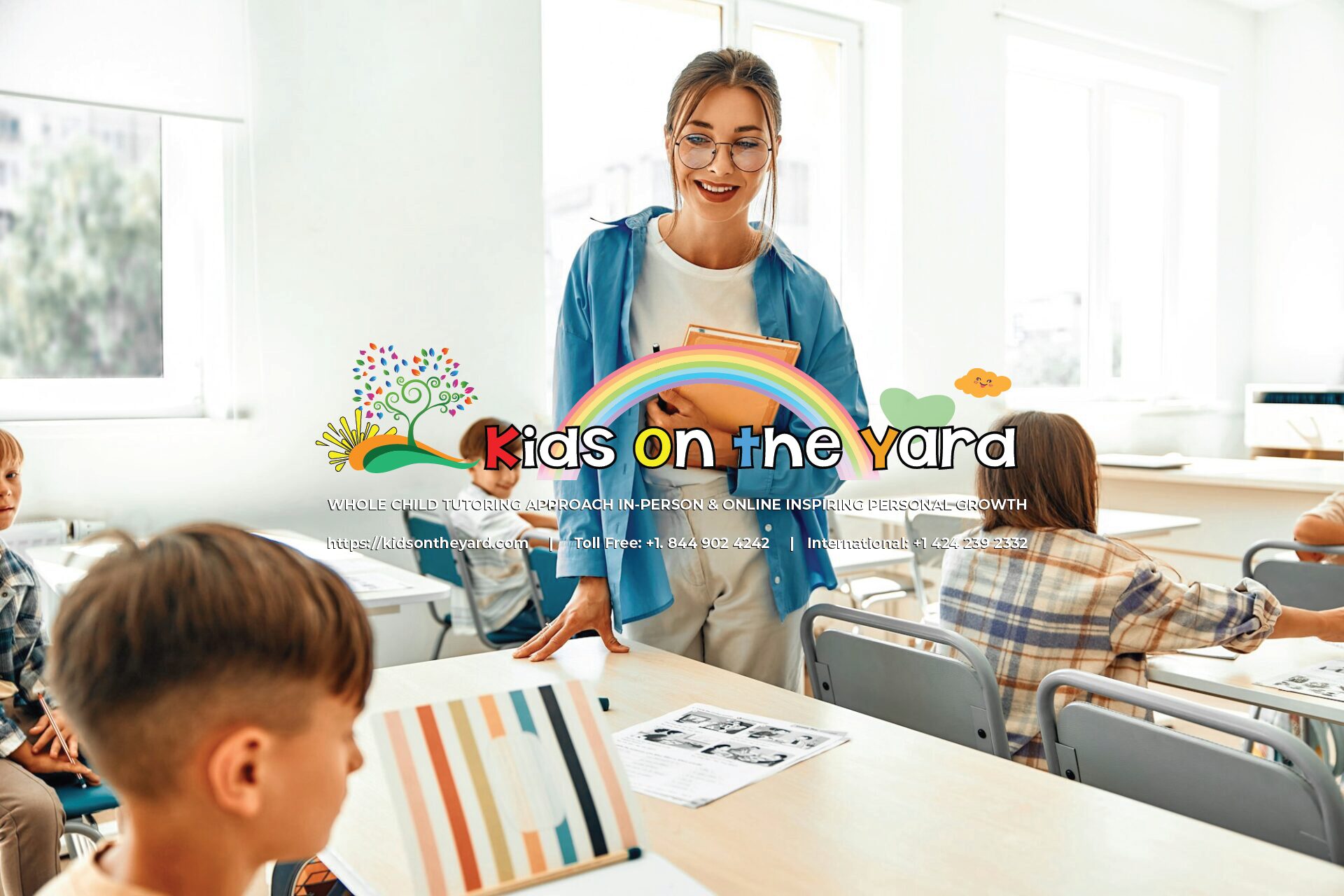|
Audio Article
|
Proper classroom management goes a long way, creating the perfect environment to keep teachers and students excited for each day. This leads to a respectful classroom environment for effective teaching and learning. By modeling ideal behavior, establishing guidelines with students, using non-verbal communication, and incorporating praise and rewards, teachers can foster an atmosphere where students feel valued and motivated.
Model Ideal Behavior
Demonstrating behaviors you want students to emulate helps set the course for a respectful and engaging classroom environment.
- Engage in mock conversations to show students the behavior you expect. Use polite language, saying “please” and “thank you,” even for simple requests.
- Maintain eye contact to convey that you are listening and respect the person speaking.
- Let others speak without interruption. Show patience and attentiveness.
- Follow these same principles when interacting with administrators or other teachers in front of the class.
Your body language counts too; lean slightly forward to show interest and avoid looking distracted. Students often mimic what they see. When they observe respectful interactions, they’re more likely to replicate those behaviors. Consistency is key – what you model should be the standard in and out of formal teaching moments.
Establish Guidelines with Students
Engaging students in establishing classroom guidelines fosters a sense of ownership and mutual respect within the learning environment.
- Begin by initiating a discussion at the start of the school year or term.
- Take notes on the board, highlighting recurring themes.
- Guide students in categorizing and refining these ideas into clear, actionable rules.
- Print out the finalized guidelines and distribute copies to each student.
- Post these co-created rules prominently in the classroom as a visible reminder.
This method teaches students valuable skills in democracy, negotiation, and responsibility while creating an atmosphere of mutual respect. Research has shown that student involvement in rule-setting leads to increased compliance and a more positive classroom climate1.
Use Non-Verbal Communication
Incorporating non-verbal communication in the classroom can enhance engagement and understanding for all students.
- Learning stations: Offer designated areas within the classroom for different aspects of the lesson.
- Videos: Break the monotony of traditional lectures and provide dynamic content.
- Infographics: Convey information succinctly and visually.
- Gestures and non-verbal cues: Manage the classroom and communicate expectations.
Pay attention to your body language. Move around the classroom to maintain students’ focus and demonstrate your engagement with their learning process. Employing a combination of these non-verbal communication strategies can create a vibrant, engaging learning environment that caters to different learning styles2.
Praise and Rewards for Classroom Management
Recognizing students’ efforts and accomplishments creates a motivating classroom atmosphere.
| Strategy | Implementation |
|---|---|
| Specific Praise | Identify a particular behavior or effort |
| Public Recognition | Boost confidence and serve as a positive model |
| Tangible Rewards | Use a raffle ticket system for positive behaviors |
| Personalized Recognition | Send positive notes home or call parents |
Recognize and reward progress and effort, especially for students who are trying but may not yet be reaching top marks. This approach helps build resilience and a growth mindset. Consistently integrating praise and rewards into your classroom routine creates an environment where students are motivated to participate actively and put in their best effort3.
By applying these strategies consistently, teachers can create a classroom culture that promotes respect, engagement, and academic success. Remember, a positive classroom environment is not just beneficial for students; it also enhances teacher job satisfaction and overall school climate4.
- Evertson CM, Emmer ET. Effective management at the beginning of the school year in junior high classes. J Educ Psychol. 1982;74(4):485-498.
- Muijs D, Reynolds D. Effective Teaching: Evidence and Practice. SAGE Publications; 2017.
- Hattie J, Timperley H. The Power of Feedback. Rev Educ Res. 2007;77(1):81-112.
- Collie RJ, Shapka JD, Perry NE. School climate and social-emotional learning: Predicting teacher stress, job satisfaction, and teaching efficacy. J Educ Psychol. 2012;104(4):1189-1204.
Why is it important for teachers to model ideal behavior?
When teachers model respectful, attentive, and polite behavior, it sets the standard for students. Students often mimic the behaviors they observe, so consistently demonstrating these behaviors helps foster a respectful and engaging learning environment.
How can teachers involve students in setting classroom guidelines?
Teachers can engage students by initiating a discussion on the first day of class about what guidelines should be in place. As students share their thoughts, teachers can take notes, help categorize and refine ideas, and create a clear set of rules. Involving students fosters a sense of ownership and mutual respect.
How does non-verbal communication impact the classroom?
Non-verbal communication, such as body language, gestures, and the use of classroom layout, can help maintain student engagement, manage classroom behavior, and cater to different learning styles. Moving around the room, making eye contact, and using non-verbal cues can convey expectations and enhance the learning process.
What are effective ways to use praise and rewards in the classroom?
Specific praise that identifies particular behaviors or efforts can boost student confidence. Public recognition, such as calling out positive behavior, and tangible rewards, like raffle tickets, motivate students. Personalized recognition, such as positive notes at home, reinforces efforts and builds a growth mindset.
How do praise and rewards benefit students, especially those who struggle?
Recognizing effort, not just results helps build resilience in students who may not be reaching top marks yet. This approach encourages a growth mindset, motivating students to keep improving.
How does a positive classroom environment benefit teachers?
A well-managed, positive classroom environment not only boosts student engagement and success but also improves teacher job satisfaction. It creates a more enjoyable and fulfilling teaching experience, which can enhance the overall school climate.


